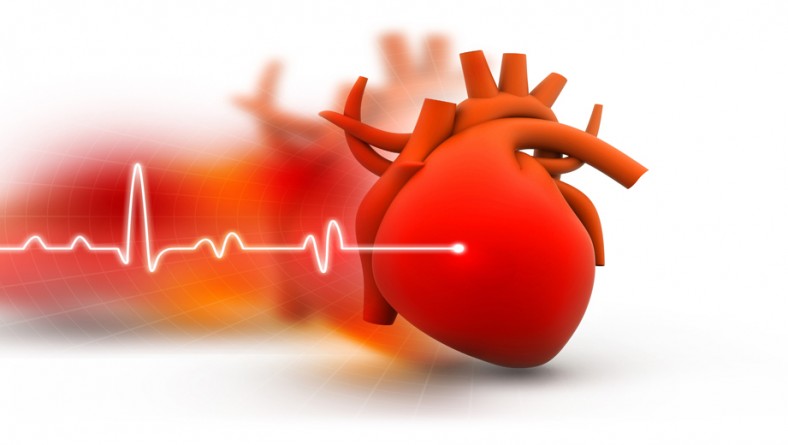HYPERTENSION
There are three types of blood vessels in the body.
(i) Arteries which carry blood away from the heart.
(ii) Capillaries, through which there is exchange of nutrients oxygen and waste materials between the blood and cells.
(iii) Veins which carry blood to the heart.
Hypertension is an increase in the pressure our arteries.
The blood pressure is measured by using a sphygmomanometer and consists of 2 values and unit used is mmHg (millimeters of mercury).
The higher value is called SYSTOLE and this is the peak pressure in our arteries when the heart is contracting and pumping blood into the arteries. The normal range is 100-140mmHg
The lower value is called DIASTOLE and this is the lowest pressure in our arteries when the heart is relaxed and receiving blood from our veins. The normal range is 60-90mmHg.
Hypertension arises when the arteries become less pliable (stiff) and are unable to expand to receive blood pumped by the heart or the volume of blood being pumped out by the heart is markedly increased.
Our arteries become stiffer with age or through the formation of plaques in the lumen of the arteries and this are known as arteriosclerosis. These plaque occur when we live on a diet high in saturated fats and cholesterol and low in antioxidants (fresh vegetables and fruits).
Some people have an increased risk for developing hypertension either because of their lifestyle or genetically.
Lifestyle habits that increase the risk of hypertension are
- Excess salt in diet.
- Diet high in red meat and low in vegetables and fruits.
- Excessive alcohol consumption.
- Smoking
- Leading a stressful life and not having time for rest.
Hypertension is managed by lifestyle changes and drugs.



2 Response Comments